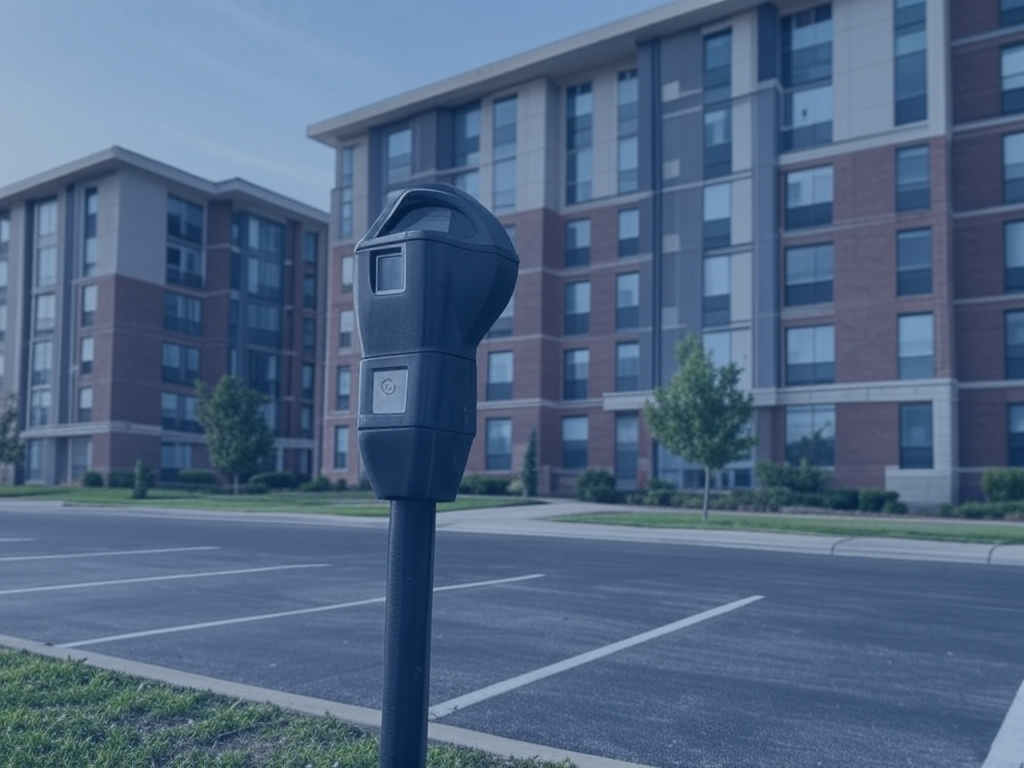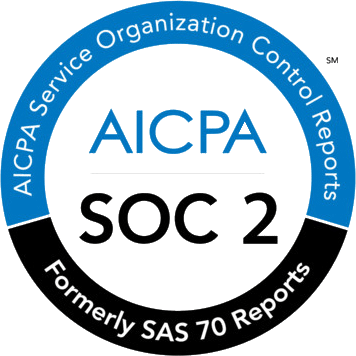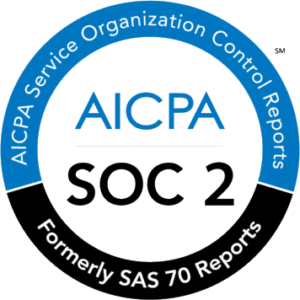The COVID-19 pandemic has created significant changes and has redefined the new normal in the workplace. The world has adapted telecommuting as a way of life, with 48% of employees working remotely now. So as the world begins to open up, how can employers support staff to commute safer? In the process eliminating one of the key concerns associated with return to work.
Table of Contents
ToggleDo we even need to return to the office?
Working remotely indeed comes with many advantages, with 77% of employees stating that they are more productive when working from home, and 80% experience less work-related stress. 27% of employers report an increase in company productivity and 25% lower employee turnover rate compared to organizations which do not allow remote work setup.
Transform Your Employee Commuting Strategy
Discover how Wayleadr's Parking solutions can improve your
employee and visitor experience
However, while remote work offers many perks, there are also drawbacks that need to be addressed: 54% of IT professionals consider remote workers as a greater security risk compared to in-office employees, and 30% of business leaders see maintaining corporate culture as a challenge associated with remote work.
Working from home is rarely applicable for certain occupations, particularly sales / retail, construction workers, office administration, service, maintenance and repair workers, transportation and production employees.
In a survey conducted by CNBC, involving top executives at major US companies, 45% expect their organization to adopt a hybrid workforce model in the second half of 2021, while 32% prefer the in-person employment model.
For many staff returning to the office is a big shift. Get expert insight on what your company needs to do to support the transition with this blog – How to support employees returning to the workplace?
What does my company need to consider when bringing people back to the office?
Based on CNBC’s tri-council survey (June 2021), important factors being considered in setting up the post pandemic work model includes: employee health and wellness (84%), employee productivity (72%), access to talent (58%), aligning workforce with mission (58%), diversity, equity and inclusion (50%), cybersecurity (38%), real estate / facilities costs (38%) and technology costs (8%).
Though exact figures might differ in Europe and Asia, a look at the actual work situation in many countries shows that many companies have started bringing their employees back to the workplace.
Of course, this is expectedly met with resistance from employees, who cite major concerns with return to work as: safety concerns (11%), family health (6%) and child care (4%).
With the objective of protecting employee’s health and wellness, companies are implementing adjustments in the workplace to make way for social distancing and heightened safety protocols. Organizations need to make employees feel heard on their concerns with return to work, and be transparent on the steps that they’re undertaking, in order to assure them that they’re coming back to a safe working environment.
A complete back-to-work plan should include not just the actual workplace, but also how employees will get to the office safely. Most people who are dependent on public transportation have expressed their reluctance to report back to the workplace due to the perceived high risk of being infected by the virus when commuting with others, especially strangers.
A recent McKinsey report shows that less than 10% of the people surveyed believe that shared micro-mobility, public transport, car-sharing or ride-sharing are safe methods of transportation during the COVID-19 pandemic. On the other hand, 81% see travelling via a private vehicle as safe, while it is 55% for walking or riding a bike / scooter.
Employers are looking into developing transportation and commuting options to keep their employees safe.
Looking for expert tips on how to manage employee commuting? Check out Employee commuting in 2023 – how to manage the move to carbon zero?
Flexible parking arrangements and contactless parking operations
While parking slots might have been available solely for company executives before, having a limited number of people reporting to the office due to the hybrid work setup means that the parking benefit can be extended to other employees.
Provision of slots for bikes, e-bikes, e-scooters can also be added, as more individuals opt to ride their smaller vehicles to get to the office.
If you will be implementing staggered hours for your return to work, make sure that your parking hours are adjusted accordingly.
Handling flexible parking arrangements during the hybrid work setup can be a headache and can get messy very quickly. Instead of using spreadsheets or assigning a single point of contact to manage the parking situation, a parking management software can save your company from a lot of time and stress.
Wayleadr.com is the world’s leading employee parking management software. Using a mobile app, employees can check parking availability instantly, make reservations, and it uses a specific algorithm based on your preferences for parking priority.
Promote active commuting
Travelling to work while being able to exercise- that’s a win-win situation. So why not incentivize your employees to walk, ride a bike, e-bike or e-scooter to get to the office?
Incentives can include:
- Providing a designated parking slot for their light vehicle. Wayleadr.com, our favorite parking management software, can tag which spaces will be used for certain kinds of vehicles.
- Introduce an own-a-bike / scooter scheme, where employees can purchase their own bikes / scooter at a cheaper price or on an installment basis. You can adjust the discount based on the mileage rate monthly or quarterly, to encourage them to use their bike / scooter more.
- If employees can walk to the office, you can give them incentives upon reaching a minimum number of steps per day or per week. This can be in the form of free lunch, gadgets or other fitness tools.
Bonus idea: Your company can introduce these incentives, together with an employee wellness program. According to a study, one of the more minor employees’ concerns with returning to work is that they may not have the time flexibility to actively take care of their health, compared to when they worked at home. Introducing a wellness program shows them that the company wants to help them achieve their health and fitness goals- and they can even be incentivized when they hit their targets!
Private company shuttles or controlled carpooling
Ride-sharing with strangers can be scary during this time, but employees will feel more comfortable riding with colleagues in a company-provided shuttle or carpool service.
Purchasing or renting a van, minibus or mini-coach to shuttle employees to and from specific pick-up and drop-off points will make commuting to work a lot more convenient and safe.
Make sure that employees are at least one seat apart from each other by marking disallowed spaces with an X and assign a specific seat per employee to limit close exposure to different people. Disinfect thoroughly after each ride, require riders to wear a face mask and set rules for extra protection, such as opening windows and prohibiting people from conversing with each other during the ride.
To minimize the carbon footprint of employees travelling solo in their vehicle, the company can encourage vehicle owners to share their ride with a fellow employee who lives in the same area. But make sure that vehicle owners and their riders follow safety protocols, similar to the ones mentioned above. You can incentivize the vehicle owners by offering free gas, weekly car washes, vehicle disinfection kits, free meals or parking priority.
Controlled car-sharing
In case there are employees who need to do field work, or a certain number of employees who live around the same area, you can do controlled car-sharing. Allotting specific vehicles for shared use among company employees ensures that usage is limited to your organization’s circle only.
By listening to employees and addressing their concerns with returning to work, you show them that you care for their safety and well-being. This in turn strengthens trust, improves employee engagement and overall morale and productivity.
With creativity, the help of the right tools and software, you can help employees feel safe while commuting in the new normal.
For more information on how to manage your corporate transportation to get employees back to the office check out this blog.
Let Wayleadr.com be your partner in managing your safe commuting options for your employees efficiently and stress-free.
Join industry leaders from companies like Sanofi, Indeed.com & CBRE, schedule a demo with Wayleadr.com today and solve your parking problems in the click of a button.












